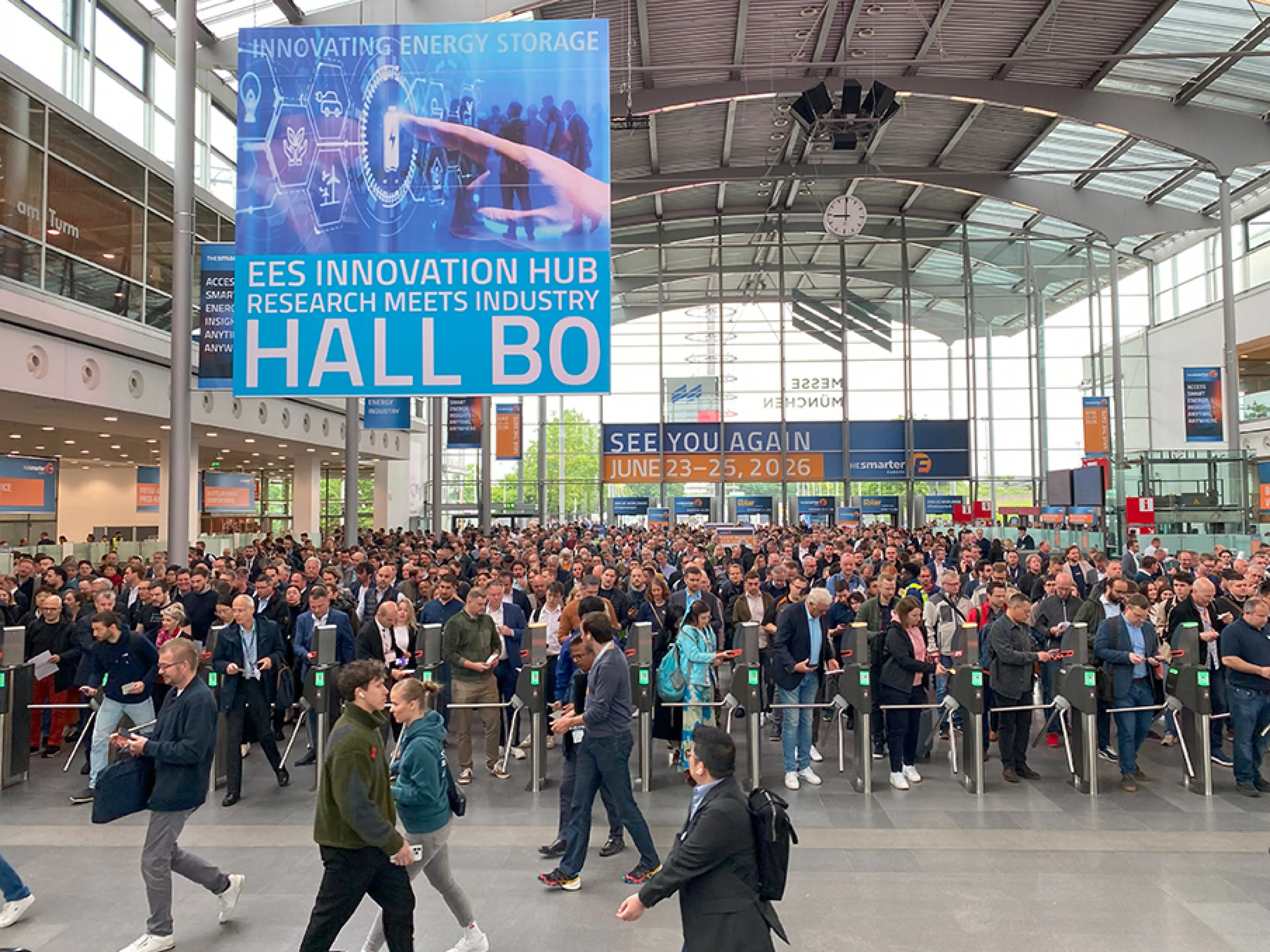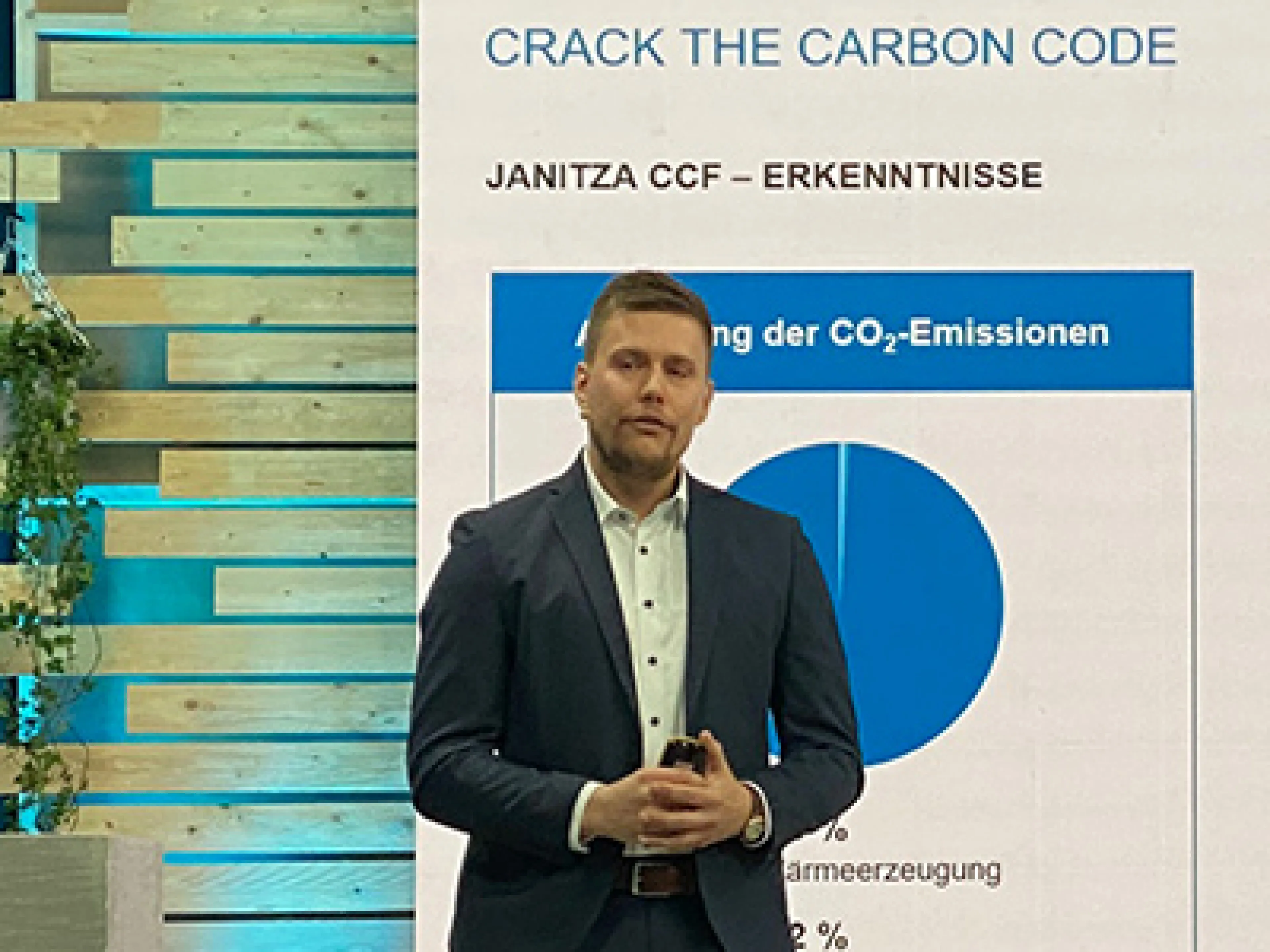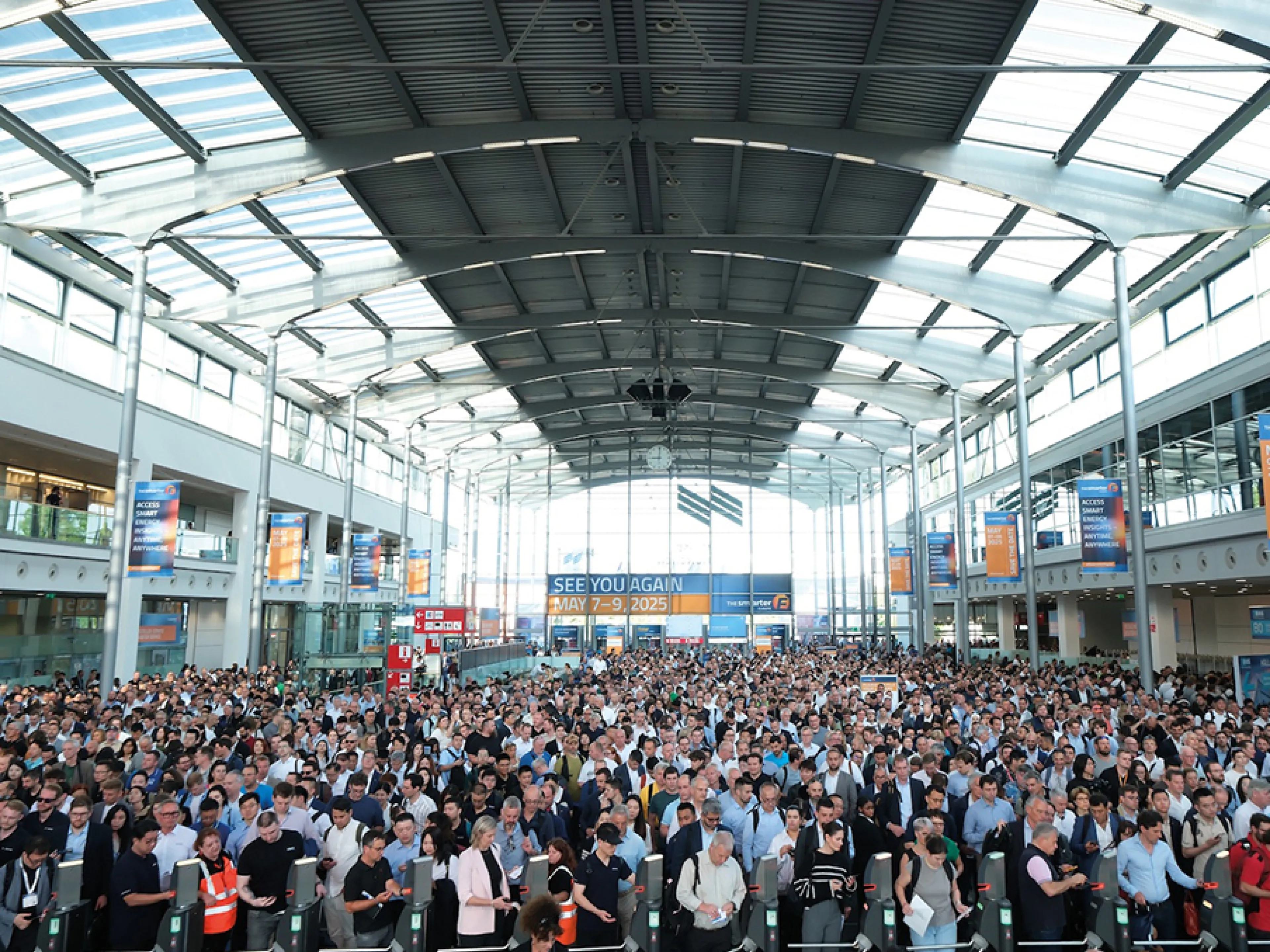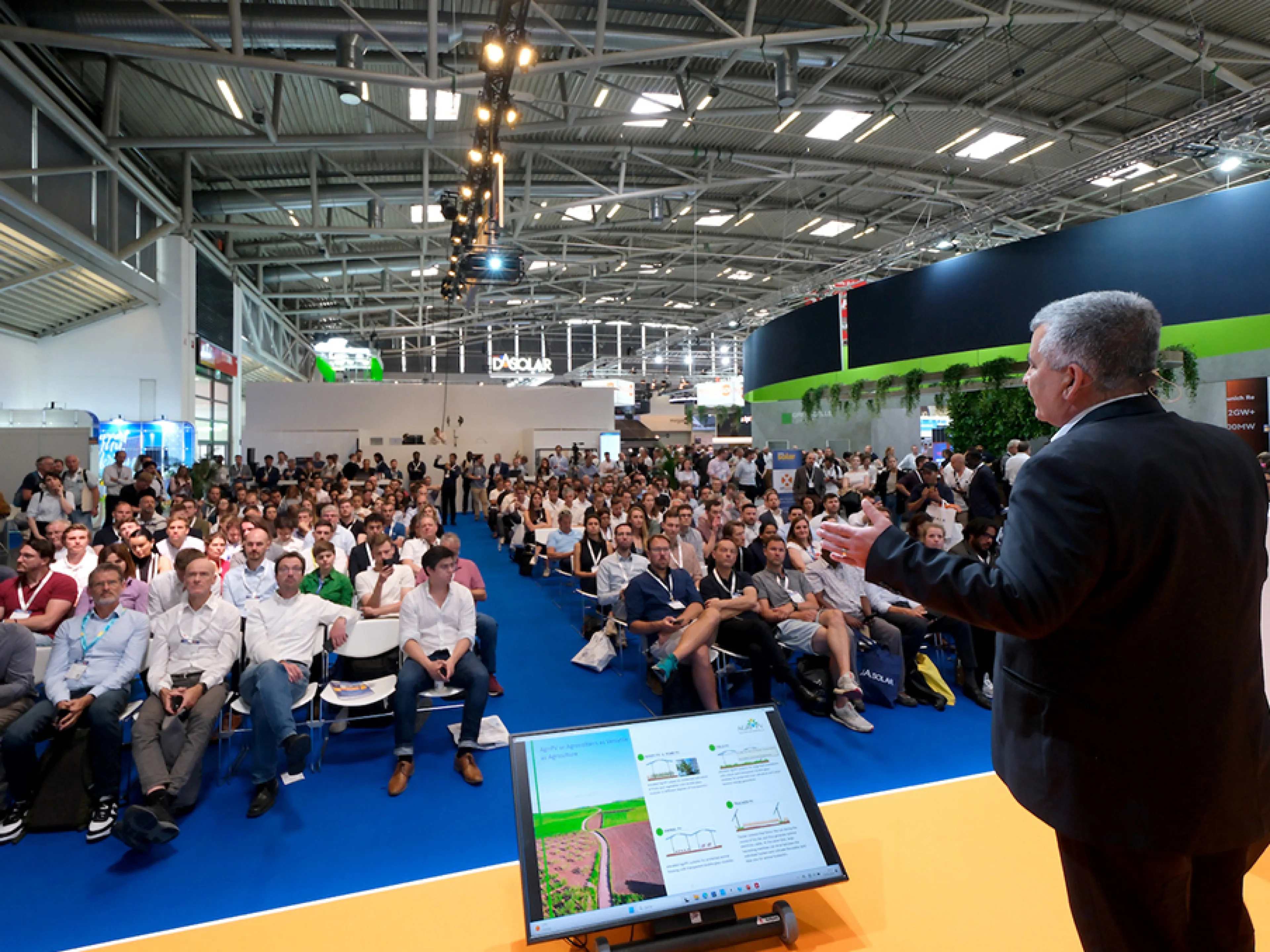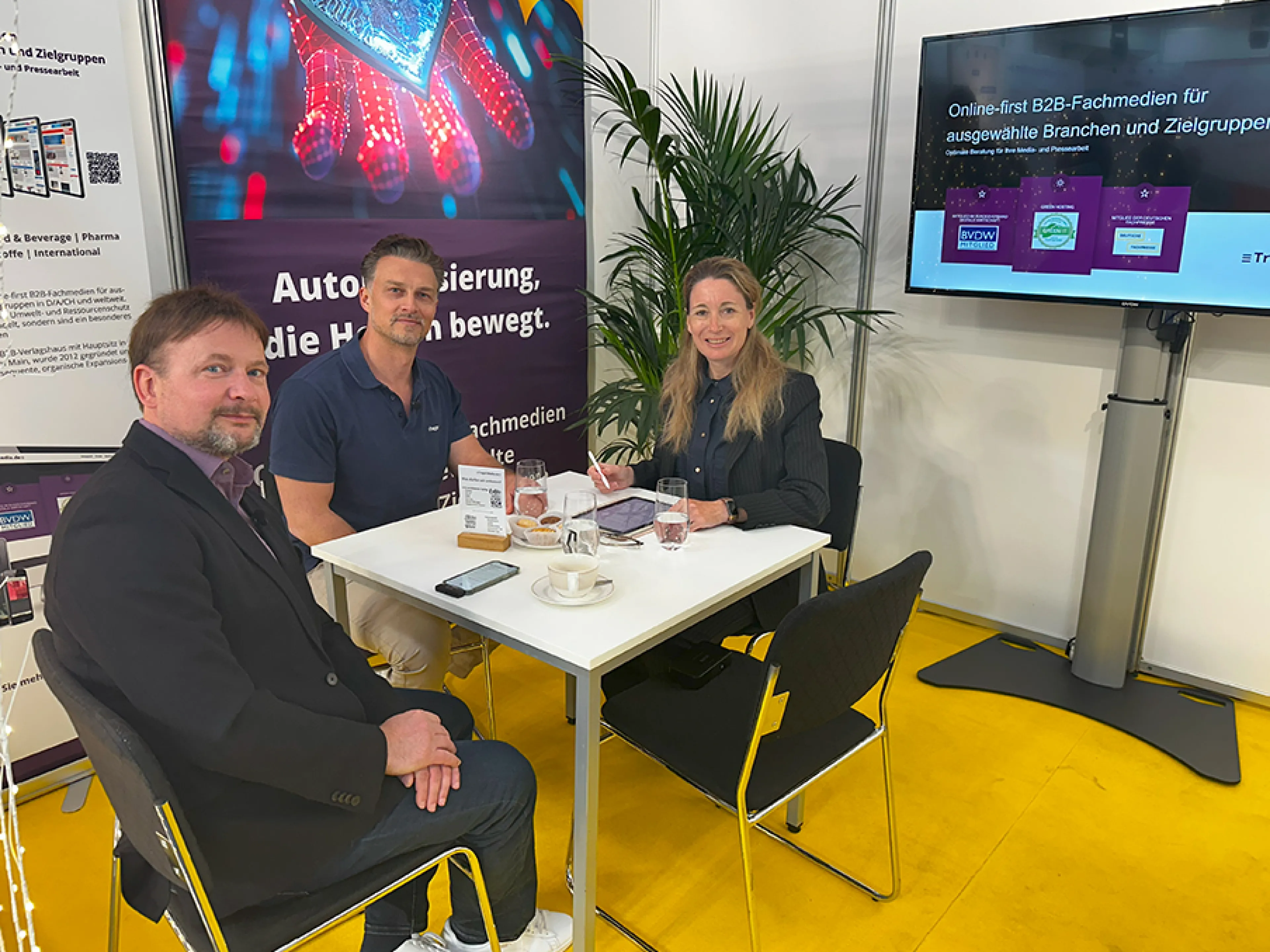
The transformation of energy systems in Europe is at a turning point. With the ongoing expansion of renewable energies, the electrification of industrial processes, and the emergence of new consumers such as charging infrastructure for electric mobility and data centers, the requirements for a stable, flexible, and networked power grid are growing. Energy management is developing into a key strategic technology. It connects the generation, storage, distribution, and consumption of energy into an integrated overall system. This enables companies to optimize their energy flows, reduce costs, and meet regulatory requirements. At the “The smarter E Europe 2025” trade fair in Munich, Raphael Görner, Business Unit Manager of Energy & Power Solutions at Rittal, and Tobias Bangert, Head of Sales International & Partner at Janitza, discussed current challenges and solutions for sustainable energy management. Both companies are established players in energy technology: Janitza in measurement technology and energy monitoring, Rittal in switch cabinet and power distribution technology. Their extensive experience from projects in industry, infrastructure, and data centers provides practical insights into technological developments and strategic trends.
Storage technologies as a prerequisite for stable energy management
Both companies believe that electricity storage systems are a key element of future energy systems. Raphael Görner emphasizes: “Renewable energies are introducing volatile feeders into our electricity system. However, there must always be a balance between generation and consumption.” Storage solutions are necessary to ensure this balance, for example by temporarily storing surplus energy. Storage could also make a valuable contribution in the event of disruptions to the power grid, as recently seen on the Iberian Peninsula: “In such cases, storage can actively feed active power into the grid and help to restore it.”
Intelligent energy management through real-time data
Forward-looking energy management requires comprehensive transparency. Tobias Bangert makes it clear: “Only those who know their consumption and their data can decide on the right energy supply and further measures.” At Janitza, the focus is not only on intelligent measurement and monitoring technology, but also on the “GridVis” network visualization software. GridVis visualizes, documents, and evaluates the large amount of measurement data in real time. This not only reveals energy-saving potential, but also allows potential production downtime to be identified at an early stage, for example. “The data is there, but without visualization, people cannot use it. That's why it's important to display it in dashboards so that decisions can be made in real time.”
For Raphael Görner, system interoperability is crucial: “Standardized interfaces and preconfigured protocols are needed so that the devices can communicate with each other.” The aim is to avoid complex engineering work and instead automate the necessary parameterization right from the start of the project using planning tools such as those from Eplan. The vision is plug-and-work. In the best case scenario, all that is needed is to plug in the contacts. The protocols are already preconfigured so that the devices can communicate directly with each other.
Load management in the context of energy management
For Tobias Bangert, efficient load management is a basic requirement for modern energy supply: "Load management is a key issue. It's about controlling energy demand, avoiding peaks, and ensuring sustainability at the same time.“ Janitza offers measuring devices and load management controllers that integrate charging infrastructure and battery systems into the control system, for example. However, the complexity increases with the number of systems: ”You need specialists who can plan and operate these systems. And that's exactly where the challenge lies."
Raphael Görner adds a practical example from his own company: "At Rittal, we took a close look at a large paint shop that has to be kept at a constant temperature. It can be operated variably. The most impressive thing was that by recording gas consumption and temperatures with Janitza devices, we were actually able to identify and realize savings potential of ten percent in the paint shop. This has naturally increased the profitability of the production site and at the same time made it competitive and future-proof. Especially in Germany, it is an important issue how manufacturing costs are managed in order to remain internationally competitive in the future. Energy management is an important building block for being well positioned for the future."
Challenge: Planning and coordination of decentralized energy sources
The integration of decentralized energy sources poses major challenges for companies and network operators. Tobias Bangert warns: “Not everyone can simply feed energy into the grid indiscriminately, because this can cause grid destabilization.” Integration into existing buildings is particularly difficult. In retrofit systems, existing systems have to be combined with new technology, which is often complex.
Raphael Görner sees standardization as the solution: “It must be clear right from the planning stage where each system is to be located. Ideally, we should work with predefined solutions, known as ‘application samples.’ This saves time and greater standardization makes maintenance easier during operation.” Uniform grid connection points are also necessary to coordinate and operate the systems in the long term.

Energy management requires skilled personnel and standardization
Successful energy management depends on more than just technology. Tobias Bangert sums it up: “Many companies want to buy systems and have the budget to do so. But they lack personnel with the necessary expertise.” Janitza is therefore focusing more on consulting and also offers operations maintenance agreements to provide customers with long-term support.
For Raphael Görner, one thing is clear: “It has to be secure. But it also has to be easy to connect.” The shortage of skilled personnel means that systems need to be quick and easy to integrate. Standards and common protocols could help here.
Resilience and grid stability through monitoring and forecasting
The importance of good monitoring is particularly evident in the resilience of power grids. Tobias Bangert explains: “Our devices store data even during a power failure. You can then see when something happened. In the best case, you can see in advance that something is wrong.” Real-time data and automatic warnings can prevent failures before they occur. “Of course, cybersecurity is also a major issue. Vulnerabilities in the communication structure, known as blind spots or weak points, can lead to grid disruptions in the event of an emergency,” explains Bangert. Missing or insecure protocol communication between generation and consumption also increases the risk of attacks or outages, “even in a highly networked power grid like Germany's,” Bangert continues. Raphael Görner also emphasizes the role of technical components in grid quality: “Reactive power compensation, grid smoothing, and throttling systems help to keep the grid stable.” Such measures make it possible to reduce losses and increase energy efficiency.
Outlook for 2030: Energy management as a driver of innovation
A look into the future shows that the requirements for energy management will continue to increase. Raphael Görner sees major challenges: “2030 is close, and in some cases it is already impossible to order transformers for delivery in five years' time. There is a lack of availability of components.” That is why investments must be made in intelligent optimization rather than new infrastructure. Tobias Bangert adds: “The appetite for energy is growing. Data centers, industry, electromobility—they all need energy. Microgrids, modular systems, and AI-supported forecasts will play a major role.” Data transparency is crucial here: “Only those who know how they are performing can remain competitive.”
Conclusion: Ensuring a secure and resilient power supply
Energy management is more than just technology; it is a strategic approach to securing tomorrow's energy supply. In times of energy supply transformation, driven by the expansion of renewable energies, it is crucial not only to coordinate generation and consumption, but also to ensure a secure and resilient power supply. The contributions from Rittal and Janitza show that successful solutions arise when technology, planning, and operation are considered together. Standardized systems, transparent data, and intelligent control form the basis for a resilient and future-proof energy infrastructure.
